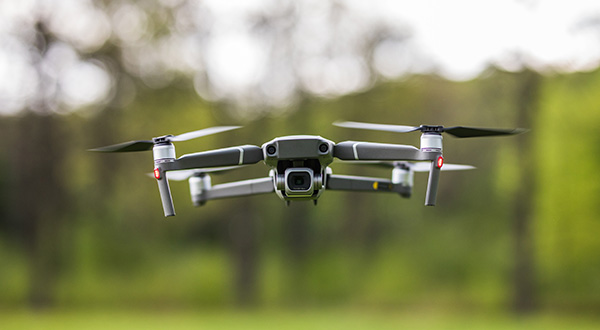IoT in environmental monitoring
Introduction to IoT in environmental monitoring
As the world faces an unprecedented climate crisis, it has become increasingly important to monitor the environment and keep track of the impact humanity is having on the world. One of the most promising technologies that can help achieve this goal is the Internet of Things (IoT). IoT in environmental technology allows us to collect real-time data on various environmental parameters, such as air quality, water quality, and soil moisture, among others, leading to actionable insights.
What is IoT in environmental monitoring?
IoT in environmental monitoring is a network of interconnected devices and wireless IoT sensors that collect and transmit environmental data to a central database or cloud platform. The devices, such as wireless sensors and cameras, are equipped with various environmental monitoring capabilities, such as temperature, humidity, air quality, and water quality. This is of great use to farmers using IoT in agriculture or precision farming.
Benefits of IoT in environmental monitoring
Smart factories are comprised of various necessary components that operate together to establish a smooth and productive manufacturing atmosphere. It is worthwhile to examine each of these components in detail.
Applications of IoT in environmental monitoring
Challenges of IoT in environmental monitoring
Conclusion
IoT in environmental monitoring has the potential to significantly impact the way we manage our environment and improve human health. It offers a more efficient and accurate method to monitor environmental conditions and make informed decisions about environmental management. Continued investment and development could enable IoT to play a crucial role in mitigating the effects of climate change and preserving the planet for future generations.
If you’re looking for M2M SIM cards to connect your environmental devices, get in touch today for a free consultation.






